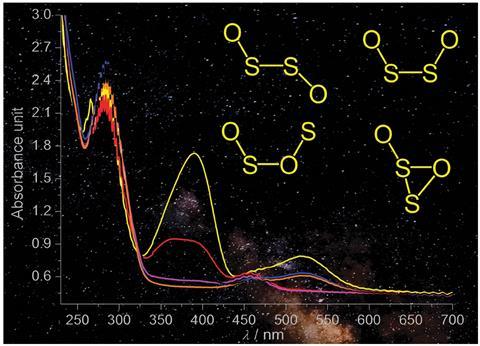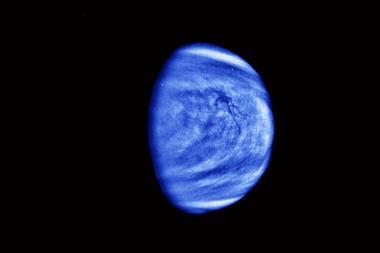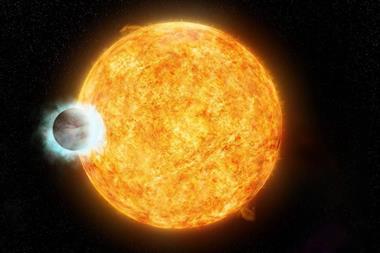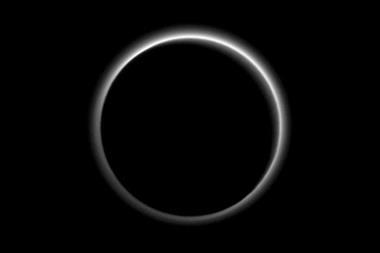Spectra of sulfur compounds found in Venusian atmosphere match those made in lab
Researchers in China, Germany and the US have obtained experimental spectra of four S2O2 isomers at UV and visible wavelengths to settle a long-running controversy over the identity of the near-UV absorber in the atmosphere of Venus.
The cause of absorption in the Venusian atmosphere in the 320–400nm region has long-puzzled chemists in the field. Although a previous computational study suggested that a sulfur–oxygen species may be responsible for the enigmatic near-UV absorber, there had been no experimental determination to confirm the proposal – until now.

A team led by Peter Schreiner of Justus-Leibig University and Xiaoqing Zeng of Soochow University has experimentally confirmed the role of OSSO in the yellow atmosphere of Venus by spectroscopically characterising the photo-induced isomerisation of its isomers at cryogenic temperatures. By assigning the photolysis-induced transitions, they found that absorption peaks in the spectra of the anti- and syn-isomers matched measurements of the near-UV absorber made by the Pioneer Venus orbiter in the 1970s, with a cyclic-isomer contributing to transitions at 287nm.
The results will help researchers identify S2O2 isomers in the atmospheres of other planets.
References
This article is free to access until 20 April 2018
Z Wu et al, Chem. Commun., 2018, DOI: 10.1039/c8cc00999f












No comments yet